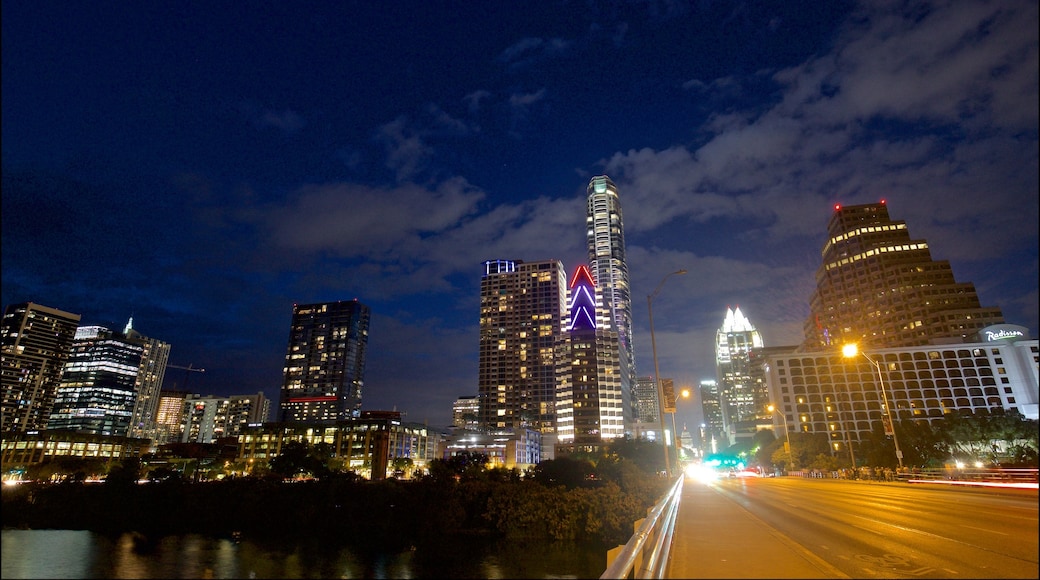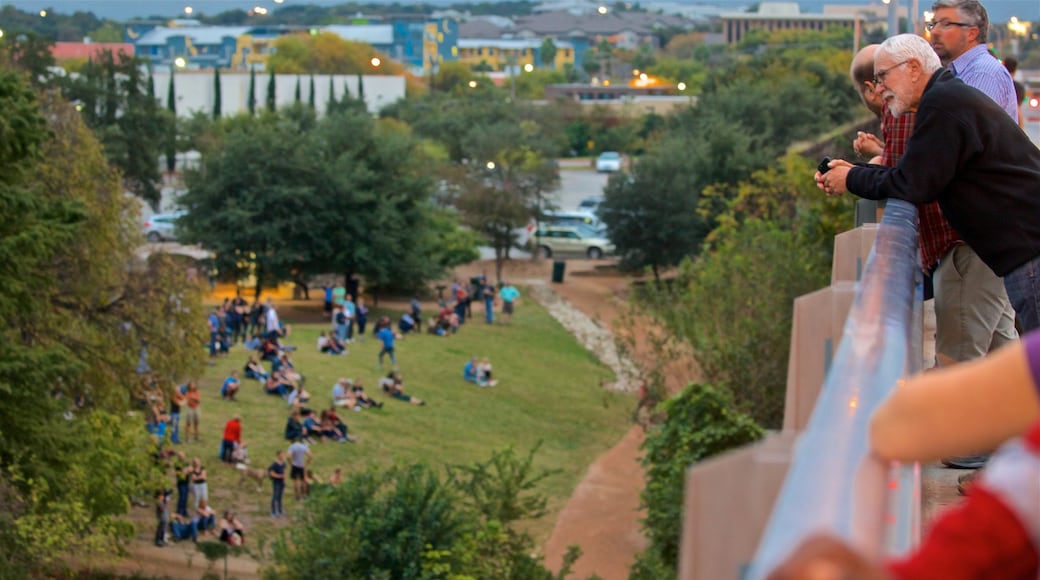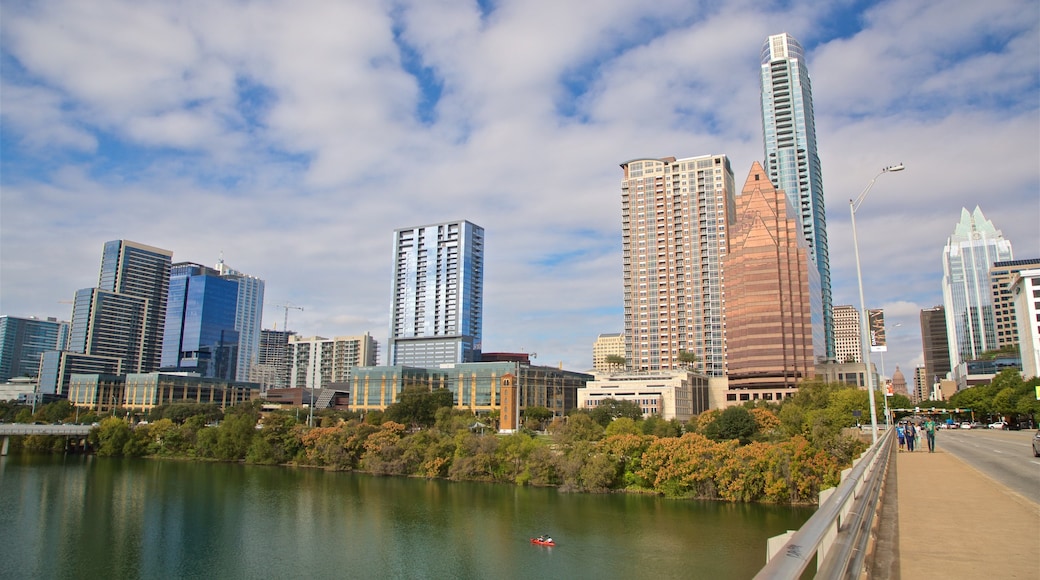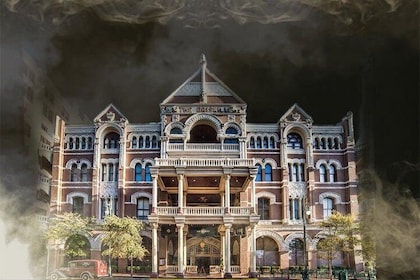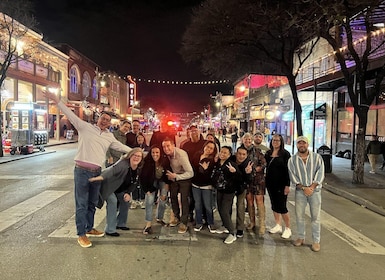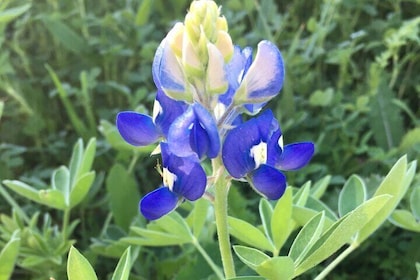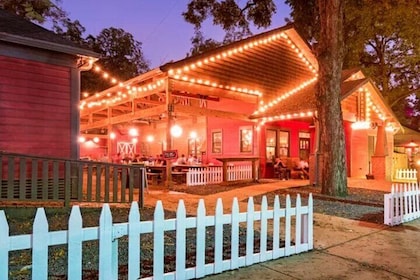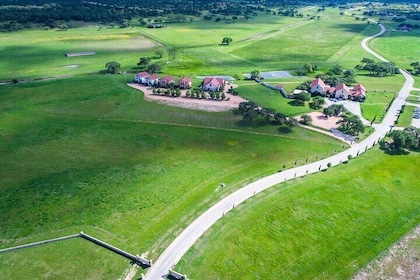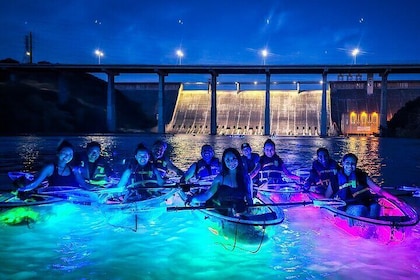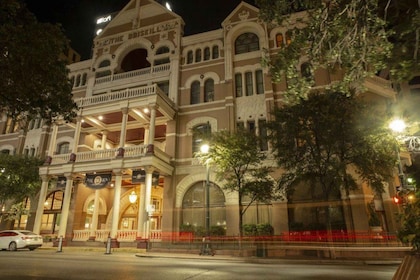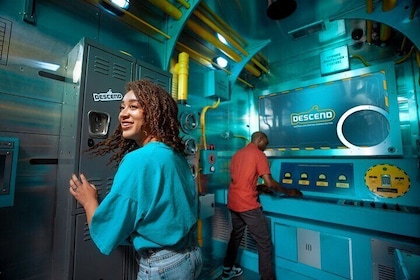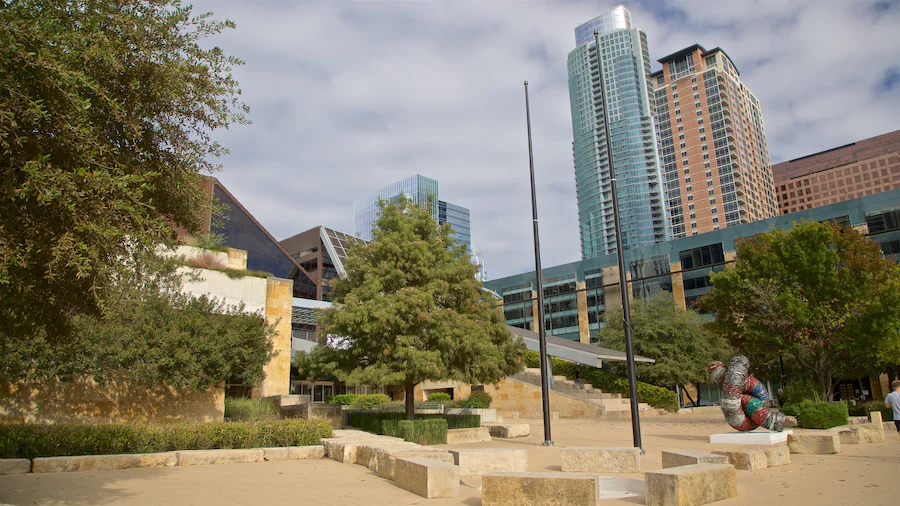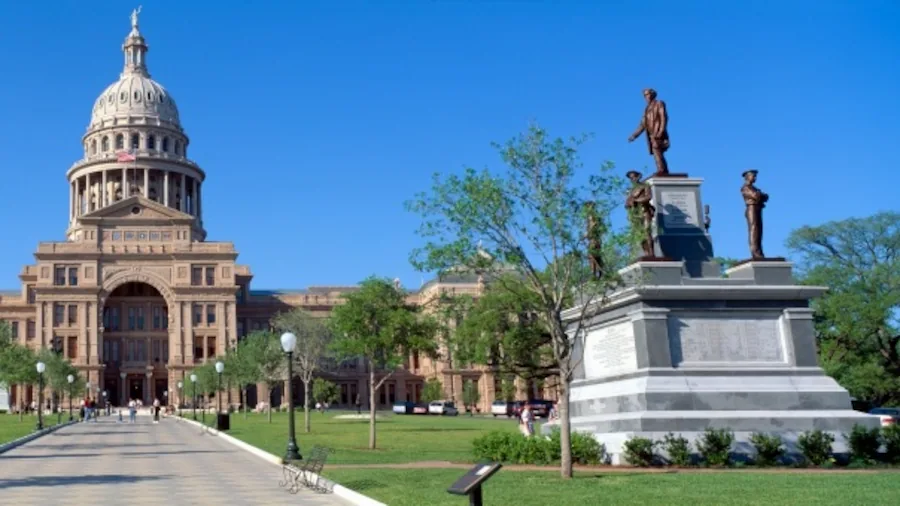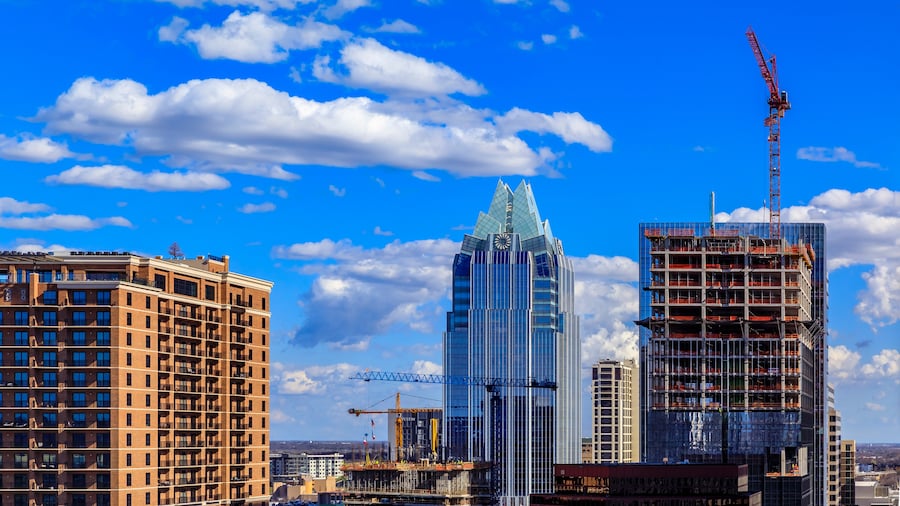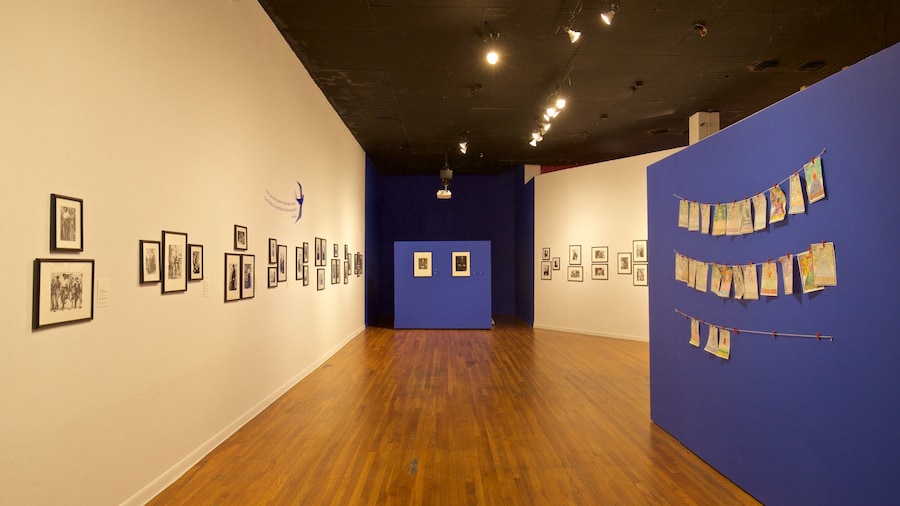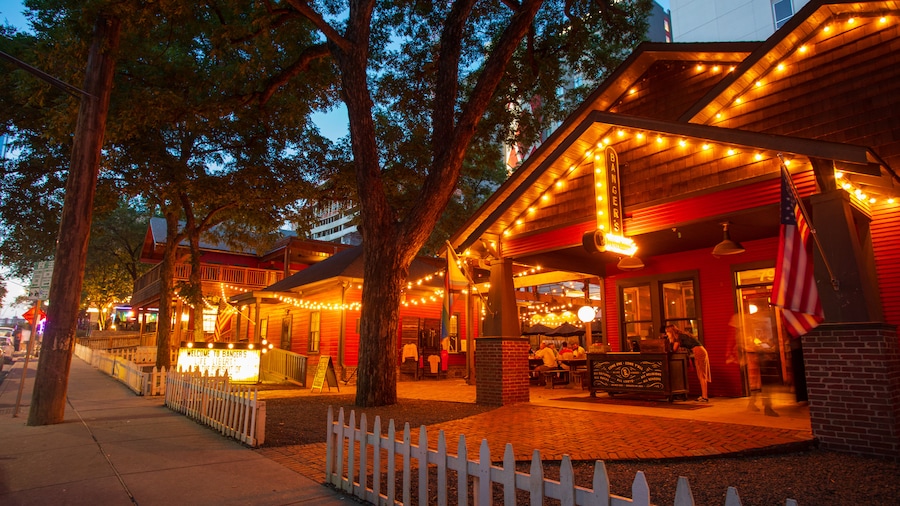Ann W. Richards Congress Avenue Bridge in downtown Austin is a fine engineering feat that connects the two shores of the city separated by Lady Bird Lake, part of the Colorado River. But the bridge has a dual purpose involving nature that was unforeseen by its builders in the 1980s.
Walk over this bridge at dusk and join the others gathered to witness an incredible natural phenomenon when hundreds of thousands of bats leave their nests for their nightly foraging expedition.
Experience the flight of the small Mexican free-tailed bats as they begin their nightly roundup of mosquitoes and other insects from this bridge known as having the world’s largest urban bat colony. It’s estimated that about 1.5 million bats put on the evening display from April to October when they emerge from their nesting areas under the bridge earning the status of being one of Texas’ official mammals.
The ecological significance of the growing bat colony quickly caught the attention of the organization Bat Conservation International (BCI) about 40 years ago. Travel to this area that has become an important ecotourism destination because of these winged mammals. Austin has consequently taken on the nickname Bat City.
Residents were not always in favor of the bats’ increasing colonization of the bridge after the reconstruction of an earlier structure that spanned the water since the early 1900s. Citizens began to demand the bats be eradicated, but BCI was quick to inform them that the bats were not a threat or health hazard and actually were an asset for the urban and surrounding rural areas by keeping non-desirable insects in check.
View this amazing sight on the bridge or from the Statesman Bat Observation Center adjacent to the structure, or go on a bat watching boat cruise. BCI volunteers can often be found on the bridge at bat flight times and will answer your questions.
Ann W. Richards Congress Avenue Bridge has had a significant positive impact on this bat species’ survival during increasing global stresses on animal populations.

